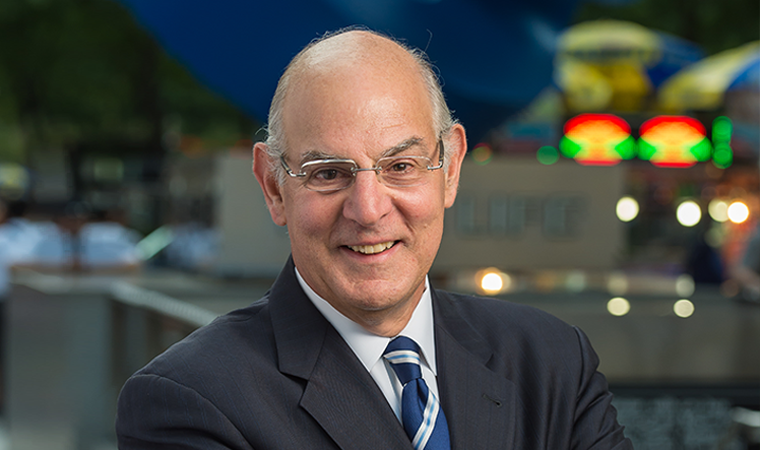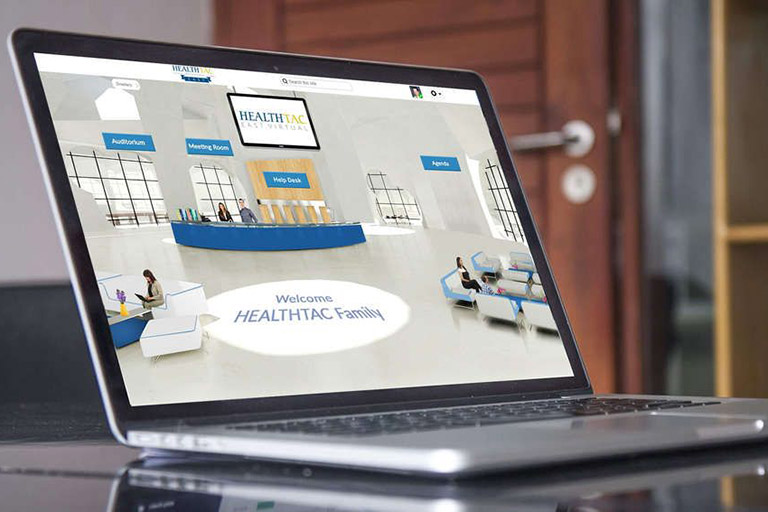
Changing the Conversation: How Senior Living Can Counter 2020’s Reputational Damage
By Olivia Beaton | January 6, 2021
Author: Peter Stanton, CEO of Stanton Communications, Inc.
The past year was not kind to the senior living industry. Media from The New York Times to the BBC carried sensational stories of nursing homes in crisis, of more than 100,000 COVID-19 related fatalities in long-term care facilities nationwide, and of the impact on staff, medical professionals and, especially, families who were prevented from visiting loved ones because of the coronavirus pandemic. While the coverage was shocking, it was not always wrong.
The Wall Street Journal reported in December that “The pandemic is reshaping the way Americans care for their elderly, prompting family decisions to avoid nursing homes and keep loved ones in their own homes for rehabilitation and other care.”
This all adds up to a reputational black eye leaving many in the senior living profession wondering if a path exists for the repair of the industry’s image and the rebuilding of a more favorable perspective for individual communities and companies. The answer is a resounding “yes,” but hard work and a unified effort is required.
A change in posture with respect to media engagement may also be required. One senior living executive recently described granting more than 14 media interviews during the height of the pandemic, none of which, in his view, turned out well. He reported not a single resulting story was fair or even correct. His willingness to engage is now fully exhausted.
A pervasive sense of communication reticence and caution may be understandable in light of such experiences. That reluctance to engage, however, is entirely contrary to the goal of restoring the foundation of trust on which the senior living industry depends in order to recover from the reputational hit of the past year. Instead, a comprehensive approach is needed that involves the industry’s leading organizations, senior living companies, and even the grassroots of families, care givers and administrators. Four core elements to a reputational campaign must be adopted:
Tell the Truth
The impact of the pandemic on nursing home residents was devastating. COVID-19 cases among residents were numerous and deadly. This necessitated significant changes in methods of operation, safety protocols, and service delivery. Many of those changes produced positive results and provide valuable lessons for the future. Communicators in the industry must be willing to talk about the impacts, but balance that dimension of the story with lessons learned that make senior facilities today far safer than perhaps they have ever been. Discussing improvements, sharing insights, and showcasing new standards are essential first steps toward rebuilding trust.
Tell the Positive Story
Seniors receive a level of care in nursing homes that is nearly impossible to replicate if they are living at home. In senior living communities, residents are enjoying an active, social and engaged lifestyle essential to good physical, mental and emotional health. Now is not the time for the industry or companies to go silent, but instead the time to showcase programs for senior wellness and socialization. Further, with seniors at the head of the line for vaccines, more opportunities exist to demonstrate all the industry is doing to improve the health and vitality of residents. And while The Wall Street Journal talks about the increasing percentage of seniors being kept at home, the industry must counter with news of enhanced service and the toll that home care imposes on families, budgets and seniors now isolated from peers.
Put Residents & Families Forward
While the industry’s credibility may be injured, residents and families have the capacity to serve as advocates. No one knows better the fear that prevailed, but also the care that was provided throughout the pandemic. As vaccines allow patients to turn the corner to a more hopeful future, providing ways for them to tell their stories on web sites and social platforms can be a powerful rebuttal to pervasive negative perspectives. Few can speak with more authority or respect than those who lived through the experience and maintained trust in their care givers and communities.
Be Proactive & Relentless
An industry op-ed in response to The Wall Street Journal is sorely needed, but even more important is a consistent and ongoing initiative of outreach and engagement with the media, with families and with care givers. Such outreach must be multi-dimensional consisting not only of a fully engaged media effort, but opportunities for dialogue on social platforms, delivery of data and updates on system enhancements, and creation of content in a variety of forms from video to graphical to written. Such a diversified campaign must be sustained, measured and refined as it unfolds. Coordinated messages about the value and validity of nursing homes for seniors needing round the clock care and of senior living communities for those seeking a means for staying connected to family and neighbors have never been more important or necessary.
The reputational impacts of the pandemic on the senior living industry have been dramatic, but they are not permanent if a concerted and consistent effort is undertaken to change the change the narrative, counter the negative, and maintain communications well into the future.




